12 museums just outside NYC perfect for a day trip
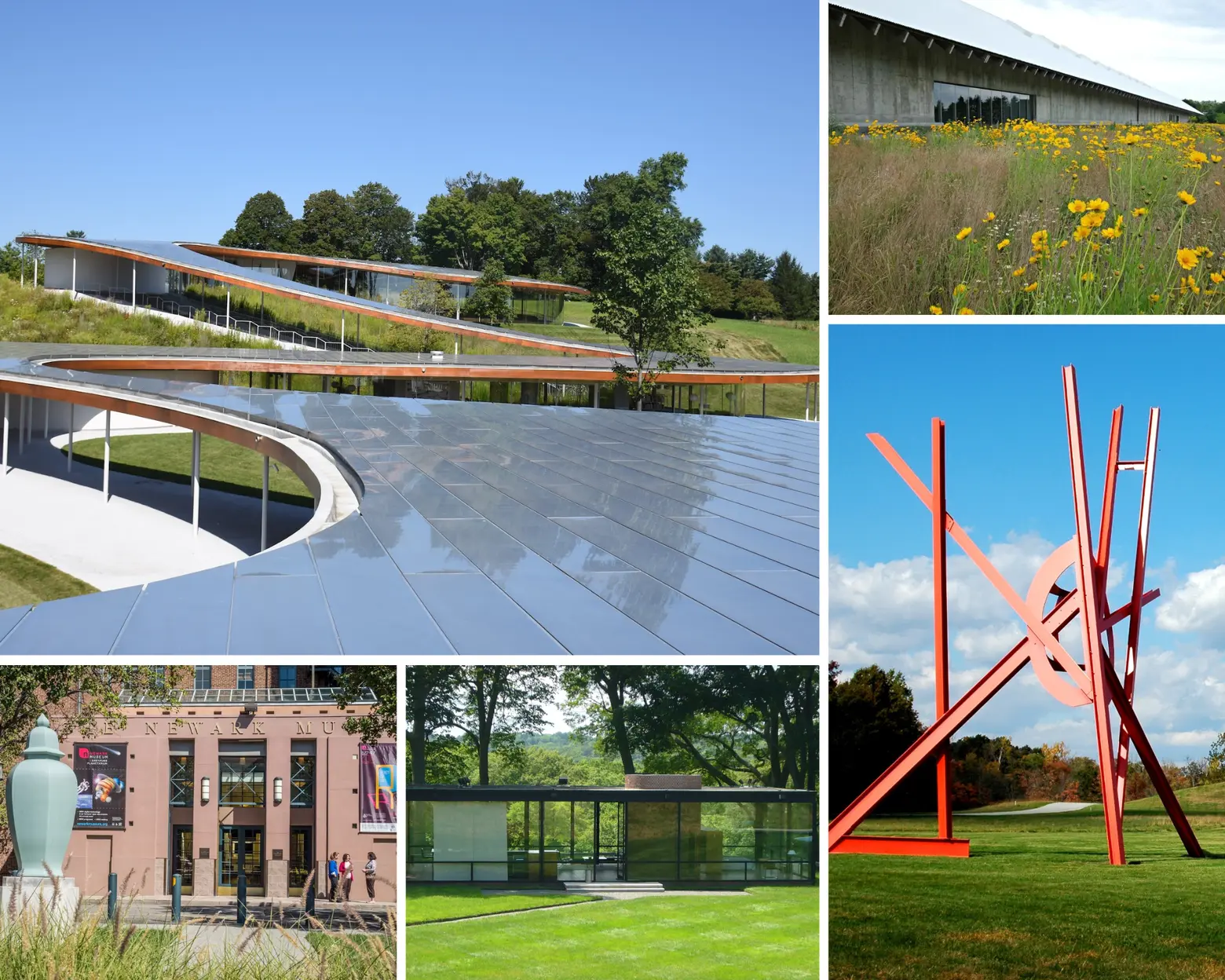
New York City is celebrated as one of the world’s art capitals, with travelers coming far and wide to visit its world-class museums. However, you can find many cultural gems beyond the borders of the five boroughs. Ahead, here are some of the best museums worth visiting on a day trip from NYC, from the expansive sculpture fields of Storm King Art Center and Art Omi to the historic charm of house museums at the Olana State Historic Site and Philip Johnson’s Glass House.
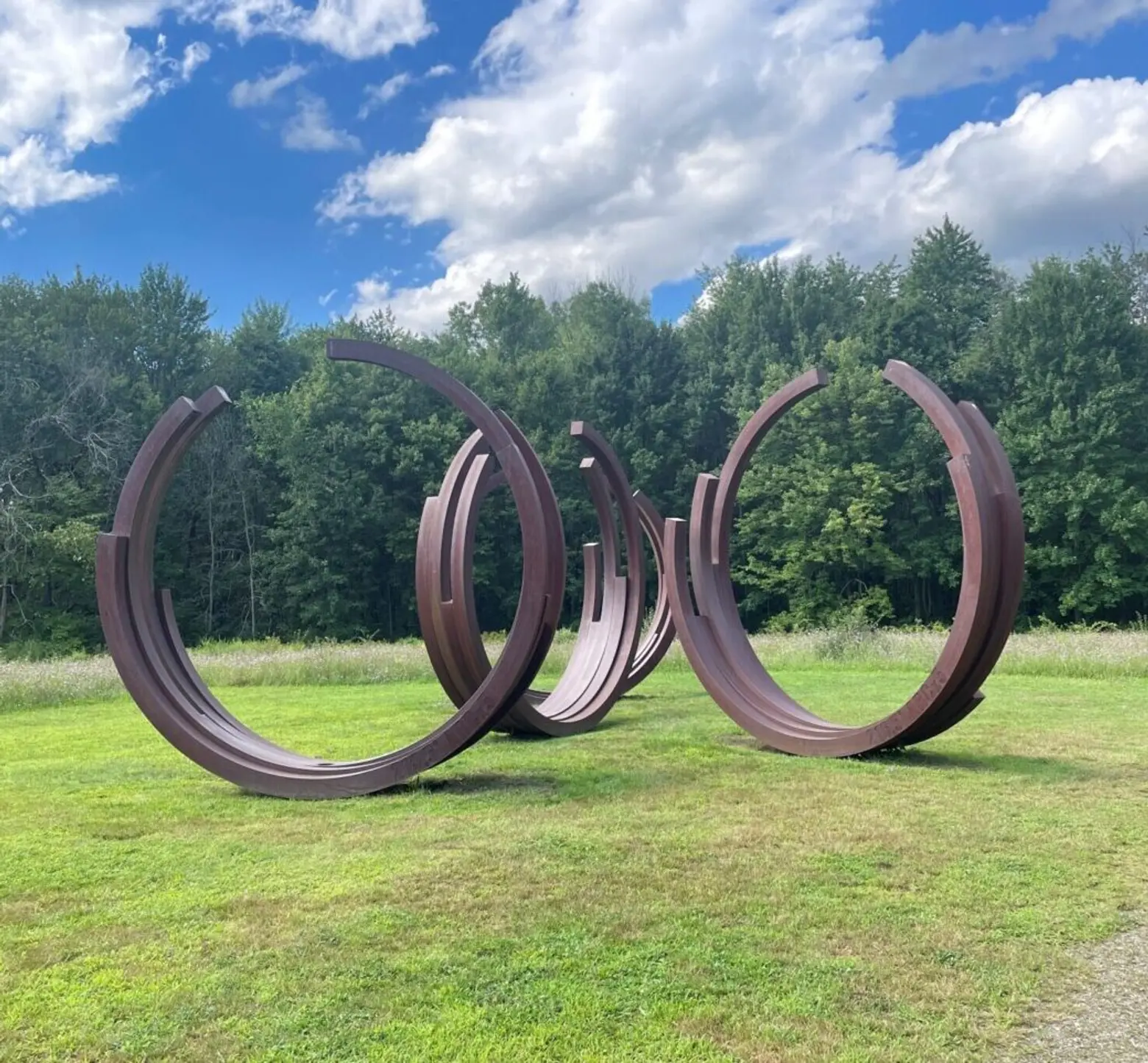
Upstate
Art Omi
1405 Country Route 22, Ghent
Situated in the Hudson Valley town of Ghent, Art Omi is an expansive outdoor architecture and sculpture park stretching across 120 acres of fields and forests. Open year-round from dawn to dusk with free admission, the non-profit arts center was founded on the philosophy that “artistic expression transcends economic, political, and cultural boundaries.” Since its inception, the park has hosted more than 2,000 artists from over 100 nations, according to its website.
Currently, more than 60 works by artists and architects are located across the park, including large-scale works and a 1,500-square-foot indoor gallery.
One of the park’s most notable installations is Alex Schweder and Ward Shelley’s “ReActor,” a 44-foot by 8-foot “habitable sculpture” that sits atop a 15-foot concrete column and rotates 360-degrees. Schweder and Shelley live in the sculpture periodically, which moves in response to its inhabitants’ movements, exterior forces, and interior conditions, according to Art Omi.
Art Omi is also well-known for its competitive residency programs, which give architects, artists, dancers, musicians, and writers from across the world a chance to travel to the stunning campus for free and develop their craft.
The architecture residency is a first-of-its-kind program that offers 10 early to mid-career architects from around the world the exclusive opportunity to brainstorm ideas for two weeks on Art Omi’s campus.
Learn more about current and past exhibitions at Art Omi here.
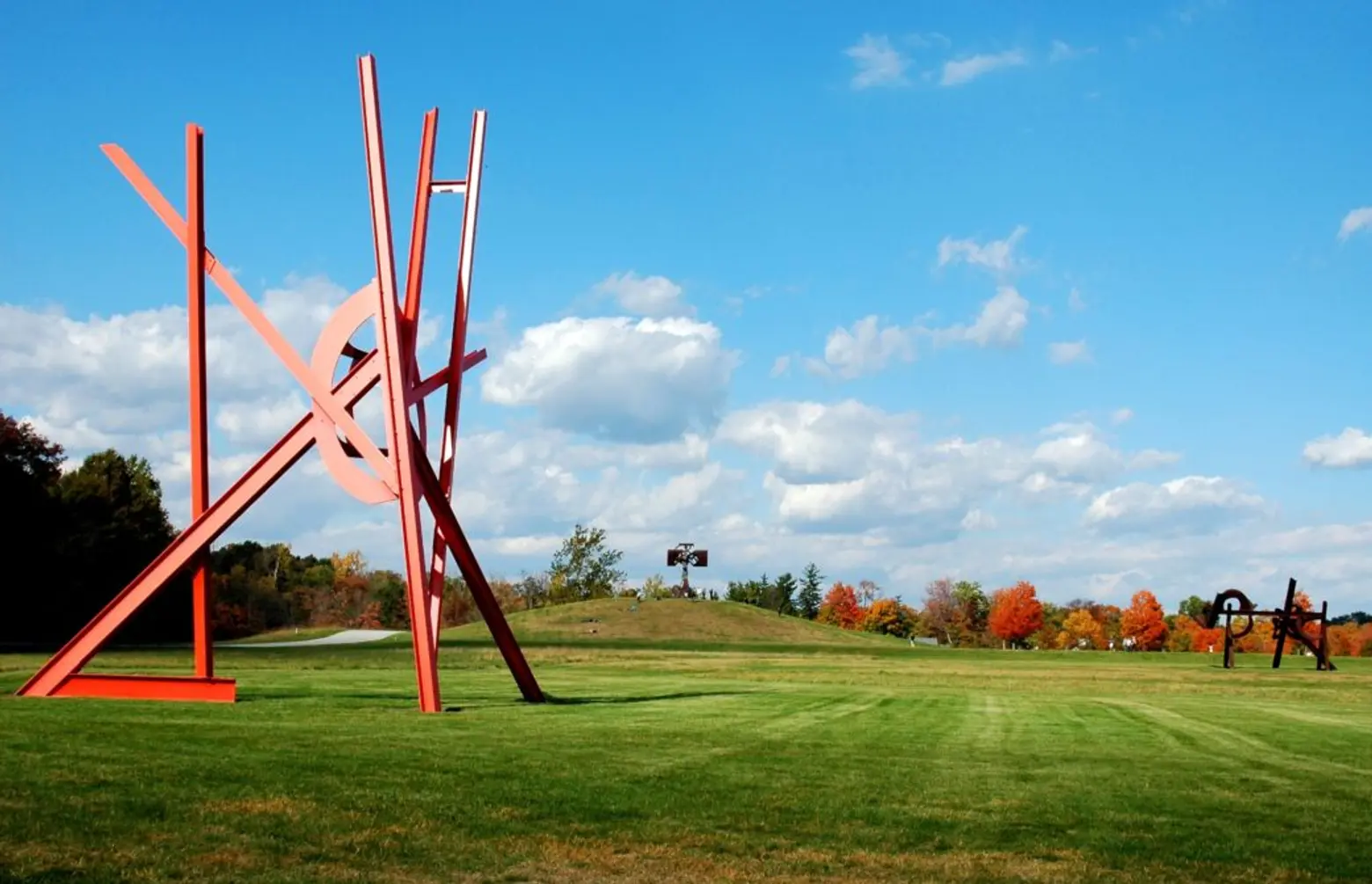
Storm King Art Center
1 Museum Road, New Windsor
Storm King Art Center, one of the Hudson Valley’s most popular outdoor art museums, has showcased stunning large-scale sculptures under the open sky since 1960. Initially founded as a museum dedicated to Hudson River School painting, the founders shifted their focus to modern sculpture.
Spanning 500 acres, Storm King houses one of the largest collections of outdoor contemporary sculptures in the United States. The core of the collection includes iconic works by modern sculpture masters such as Alexander Calder, David Smith, Henry Moore, and Isamu Noguchi, alongside contemporary artists like Roy Lichtenstein, Alice Aycock, and Maya Lin.
The park’s vast landscape complements the otherworldly quality of its sculptures. Designed by landscape architect William A. Rutherford, Storm King is divided into four main areas: the North Woods in the northeast, Museum Hill on the eastern edge, the Meadows along the western side and entrance, and the South Fields, a wide-open area at the park’s center.
Striking outdoor art is set against a backdrop of scenic hills, ponds, woodlands, and open fields of grass meadows and hay, carefully maintained to create a “rich mosaic of colors and textures,” according to the center’s website.
Storm King is undergoing a comprehensive $45 million revamp to enhance the visitor experience and better serve its growing community. As 6sqft previously reported, the art center has experienced a surge in visitorship in recent years, with the number of visitors a year increasing from 80,000 in 2012 to 222,000 in 2021.
Plan your visit to Storm King here. General admission tickets for adults cost $25 on weekdays and $28 on weekends.
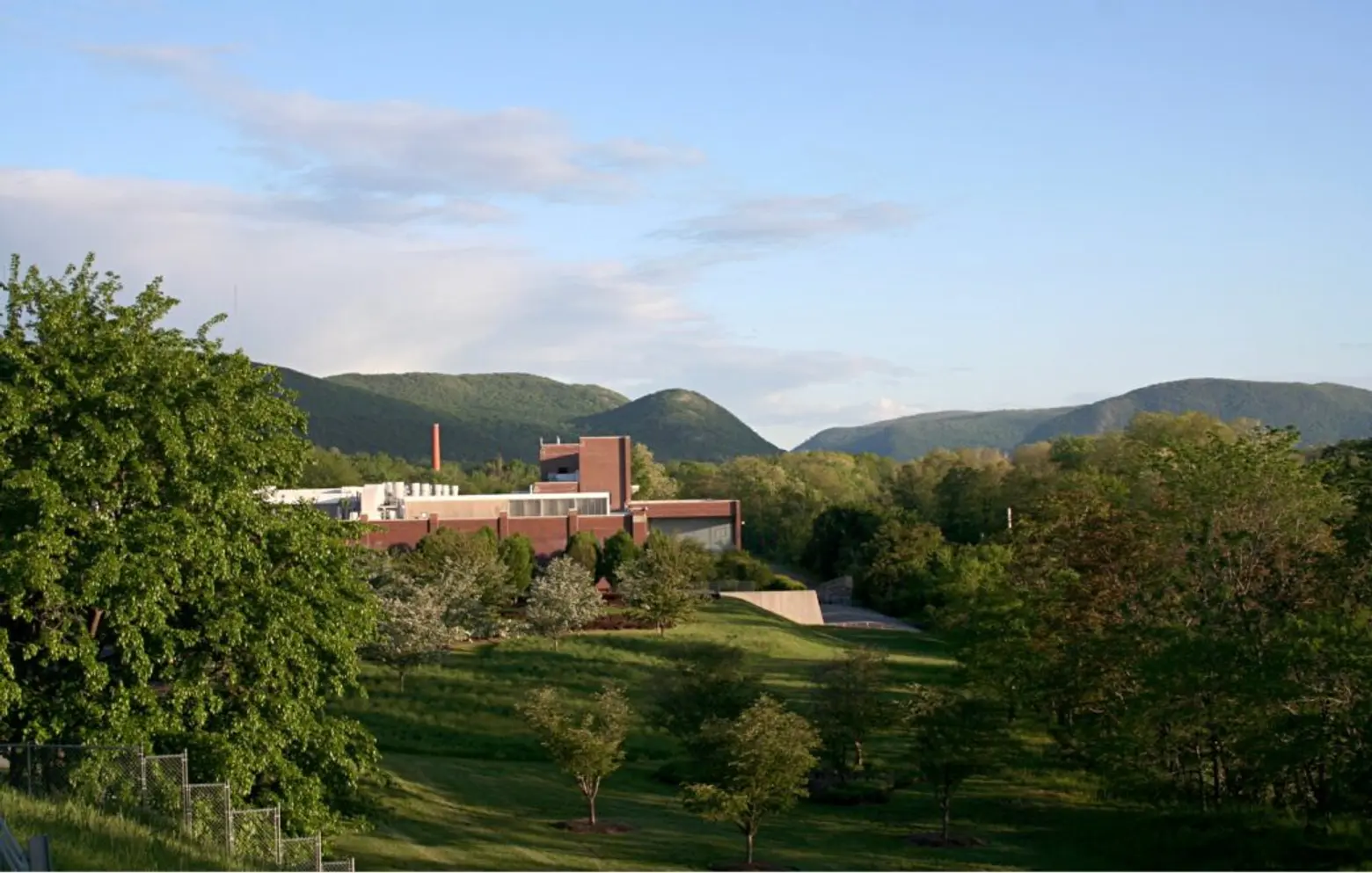
Dia Beacon
3 Beekman Street, Beacon
Located within a former Nabisco box-printing factory on the banks of the Hudson River, Dia Beacon is a massive, 240,000-square-foot gallery featuring art from the 1960s to the present day, as well as special exhibitions and public programming.
The Dia Art Foundation converted the building in 2003, transforming the former industrial plant into the perfect setting for art, with giant windows and over 34,000 square feet of skylights that allow for ample natural light and large-scale installations. This distinct architectural feature has established Dia Beacon’s reputation as a “daylight museum,” according to the foundation.
Dia commissioned artist Robert Irwin to create a master plan for the museum that preserved the factory’s original charm. Irwin also designed the striking gardens surrounding the building, which change with the seasons. Following the renovation, the museum was added to the National Register of Historic Places.
One of the museum’s standout exhibitions is Andy Warhol’s “Shadows,” which returned to Dia Beacon for long-term view in December 2023. Commissioned by Dia and first acquired in 1979 for a solo exhibition at 393 West Broadway in Manhattan, “Shadows” is one of Warhol’s most abstract works.
The piece features a single painting in multiple parts, seamlessly interweaving signature elements of Warhol’s creative vision in film, painting, photography, and screen-printing. “Shadows” includes 102 canvases, with the number on view in each installation varying based on the dimensions of the exhibition space.
Tickets cost $20 for adults and can be purchased here.
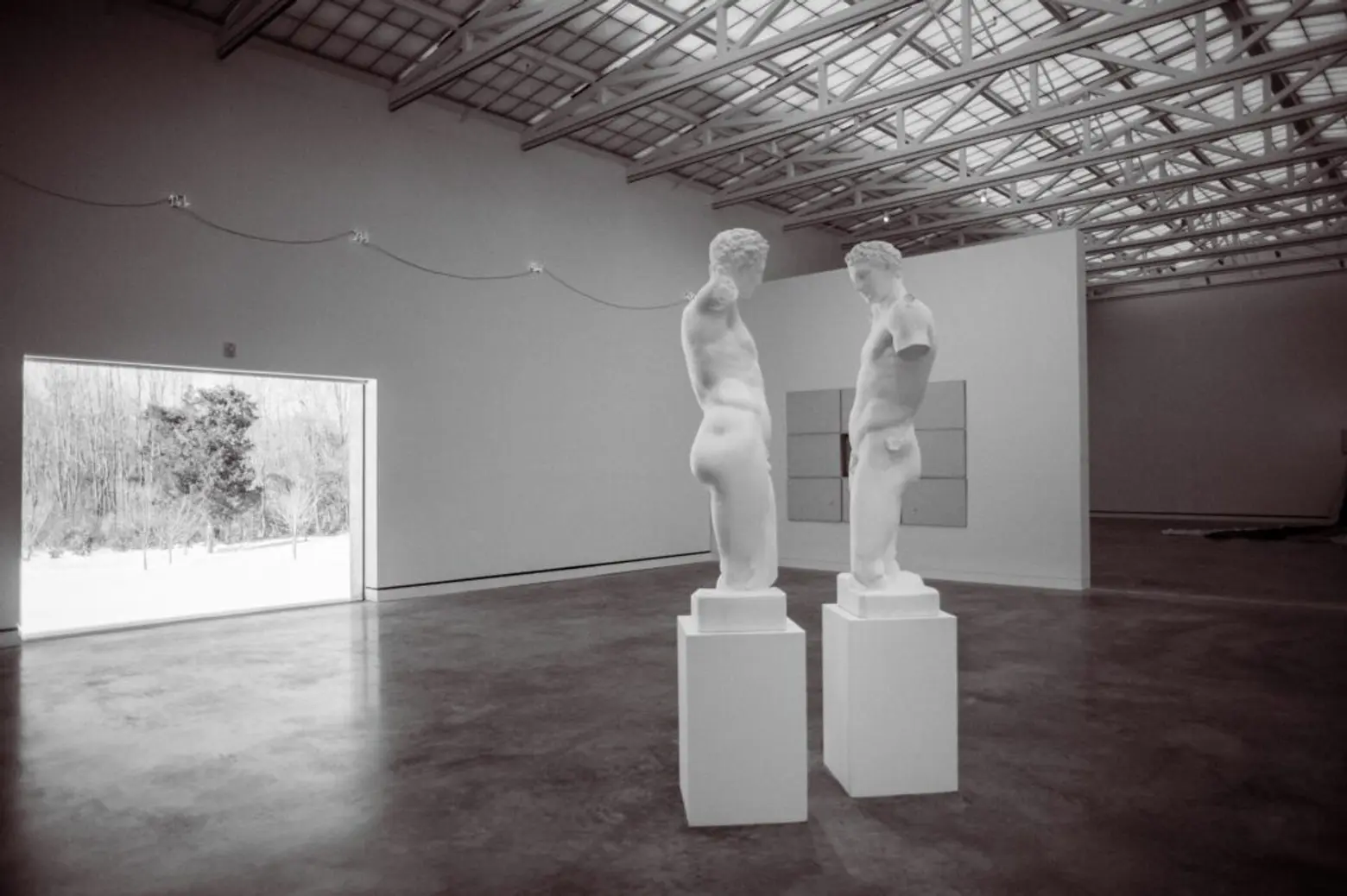
Magazzino Italian Art
2700 US-9, Cold Spring
One of the newest art institutions to open in the Hudson Valley, Magazzino Italian Art is a haven for post-war and contemporary Italian art. Situated within a 20,000-square-foot former computer manufacturing plant, Magazzino features the work of numerous Arte Povera masters, including Michaelangelo Pistoletto, Alighiero Boetti, and Mario and Marisa Merz, according to Architectural Digest.
Coined by art critic Germano Celant in 1967 to mean “poor art,” Arte Povera is an Italian art style characterized by the use of unconventional materials like textiles, wood, and other nontraditional resources. The art movement was born out of a radical stance artists were taking against the commercialized contemporary gallery system, according to Tate.
Magazzino’s permanent exhibit offers a deep dive into Arte Povera through the work of 12 prominent artists associated with the movement. The exhibit features 76 artworks in various mediums, including painting, sculpture, photography, works on paper, and installations to showcase each artist’s evolution over their career.
Throughout the museum’s eight galleries, expect to find striking artworks using unusual elements like beeswax, neon, tobacco leaves, coffee, a reindeer head, and more.
Discover more about Magazzino’s exhibitions here. General admission tickets cost $20 and can be reserved here.
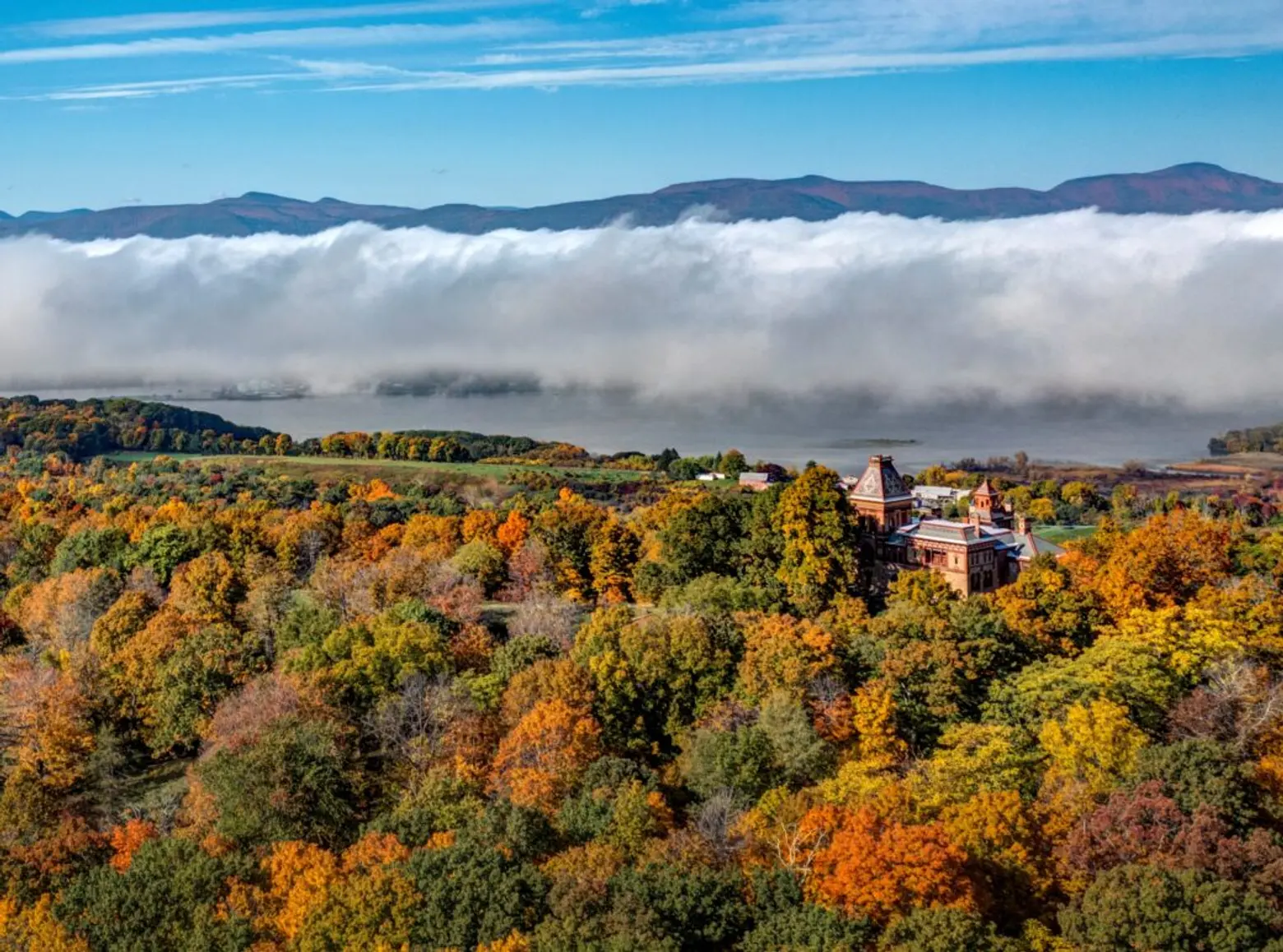
Olana State Historic Site
5720 NY-9G, Greenport
One of the only intact artists’ homes, studios, and estate complexes in the United States, the Olana State Historic Site was once the residence of Frederic Edwin Church, a leading figure in the Hudson River School of landscape painting.
Situated on a scenic 250-acre property, the centerpiece of the stunning landscape is Olana’s villa, which overlooks the expansive rolling hills and forests of the Hudson River Valley. The home is designed in an eclectic mixture of Victorian, Persian, and Moorish motifs—architectural styles that Frederic and his wife Isabel grew fond of on their travels through the Middle East.
Designated as a National Historic Landmark in 1965, the home’s interior closely resembles how it looked during Church’s lifetime, with an array of exotic furnishings and decorations the artist obtained during his international travels, as well as roughly 40 paintings created by Church and his friends.
Today, visitors can experience the grandeur of Frederic Church’s estate and home by taking tours of the house and surrounding landscape. The historic site also offers a variety of educational programming and activities where you can learn more about Church’s life and work.
Plan your visit to Olana here. Entry to the grounds is free, but tickets must be reserved for tours of the house.
Frances Lehman Loeb Art Center
124 Raymond Avenue, Poughkeepsie
Nestled on the scenic campus of Vassar College, the Frances Lehman Loeb Art Center stands out as the first art museum at a college or university to be established as part of the institution’s original plan.
Completely free and open to the public, the Loeb was created with a mission of supporting Vassar’s goals of leadership, scholarship, and integrative learning through the preservation, documentation, interpretation, presentation, and development of its collections, according to Vassar.
Designed by renowned architect Cesar Pelli, the center currently showcases over 22,000 works, including paintings, sculptures, drawings, photographs, textiles, glass, and ceramics. The featured pieces span 6,000 years and numerous countries, including American, European, Asian, and contemporary works.
Upcoming exhibitions at the Loeb include “My Grandmother’s Whispers: Indigenous Prints and Beadwork,” created by Indigenous artists Dyani White Hawk and Wendy Red Star, which explores the persistence of Indigenous ancestral knowledge sent down through matrilineal lines, according to the Loeb. The exhibition will be on view from September 14 through January 5, 2025.
Learn more about the current exhibitions at the Loeb here.
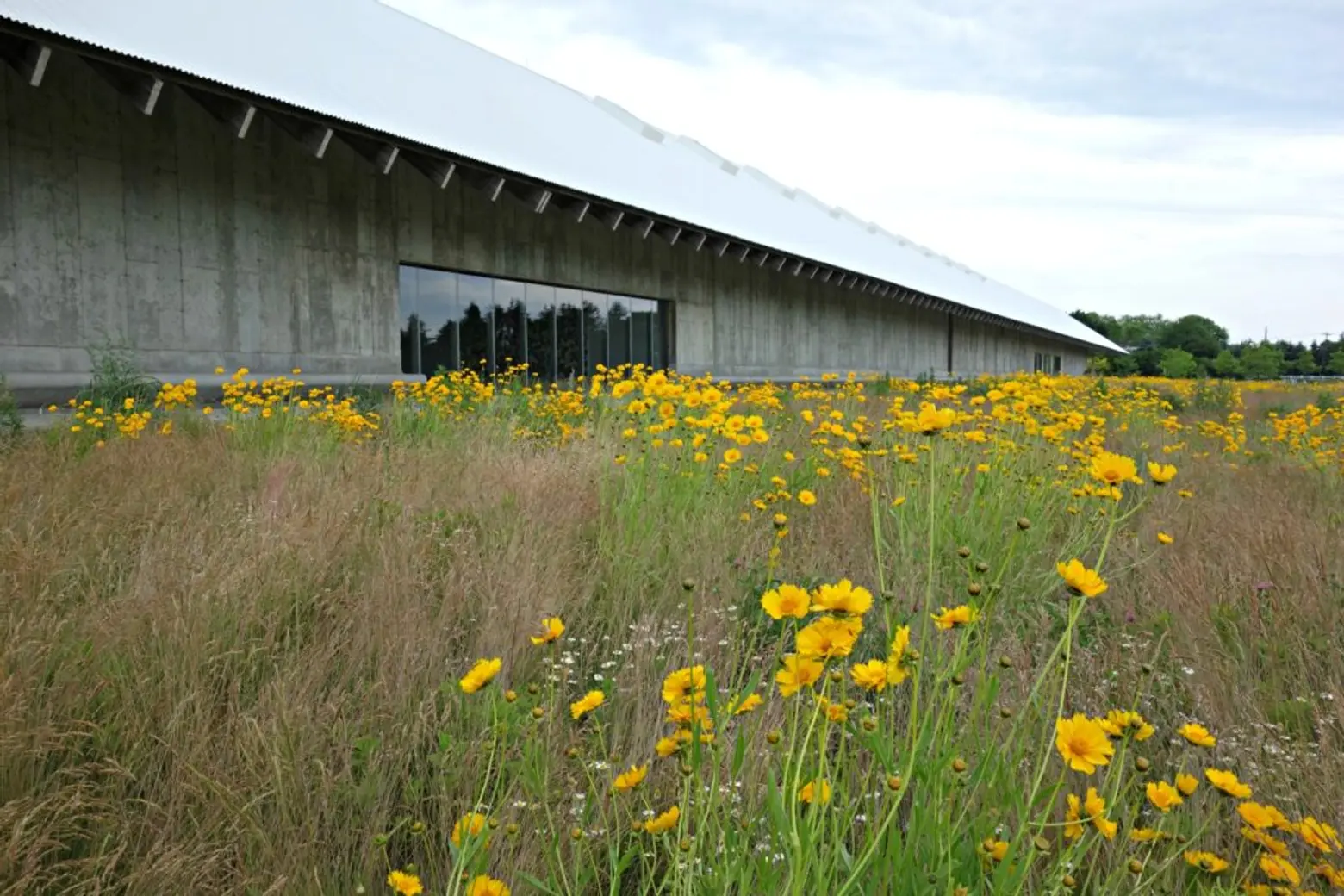
Long Island
Parrish Art Museum
279 Montauk Highway, Watermill
Founded in 1898, Parrish Art has grown into a major art museum with a collection of more than 3,500 pieces from the 19th century to the modern day. The museum’s extensive offerings and dynamic programs encourage visitors to discover and connect with the featured artists and the vibrant creative legacy of Long Island’s East End.
The museum centers around the work of legendary artists who have lived or worked on the East End, including pieces by Jackson Pollock, Willem de Kooning, Roy Lichtenstein, and many more.
Parrish Art hosts a selection of temporary installations throughout the year, including new installations featuring work from their expansive collection, special exhibitions that examine the work of a single artist, and group exhibitions that dive into compelling themes.
Upcoming exhibitions include “A New Subjectivity 1979/2024,” which pays tribute to the famous 1979 “Nouvelle Subjectivité” exhibition in Brussels, and “Audrey Flack: Mid-Century to Post-Pop Baroque,” a career-spanning exhibition celebrating the work of famous photorealist. Both exhibitions are on view from October 13 through April 6, 2025.
Learn more about the museum’s current and upcoming exhibitions here. General admission for adults costs $20.
Nassau County Museum of Art
One Museum Drive, Roslyn
Set on the historic Frick Estate on Long Island’s Gold Coast, the Nassau County Museum of Art (NCMA) is one of the island’s premier cultural destinations. Highly regarded for its impressive art collection and stunning grounds, the centerpiece of the institution is its stunning three-story Georgian-style mansion, bounded by lush gardens and outdoor sculptures.
The NCMA’s collection features over 600 works spanning American and European art from the 19th and 20th centuries. The collection includes pieces of all types of media, featuring works by Roy Lichtenstein, Pierre Bonnard, Barbara Prey, Moses Soyer, Audrey Flack, and other legendary artists.
Currently on view at NCMA is “Seeing Red: Renoir to Warhol,” a major exhibition that delves into the meaning, connotations, and associations of color in visual art. Featuring the work of more than 70 artists, both established and emerging, the exhibition is on view through January 5, 2025.
Surrounding the museum is the NCMA’s 145-acre sculpture garden, one of the largest publicly accessible sculpture gardens on the East Coast. More than 30 sculptures are situated throughout the grounds, including works by Tom Otterness, Masayuki Nagare, Richard Serra, and others.
Tickets cost $15 for adults and can be purchased here.
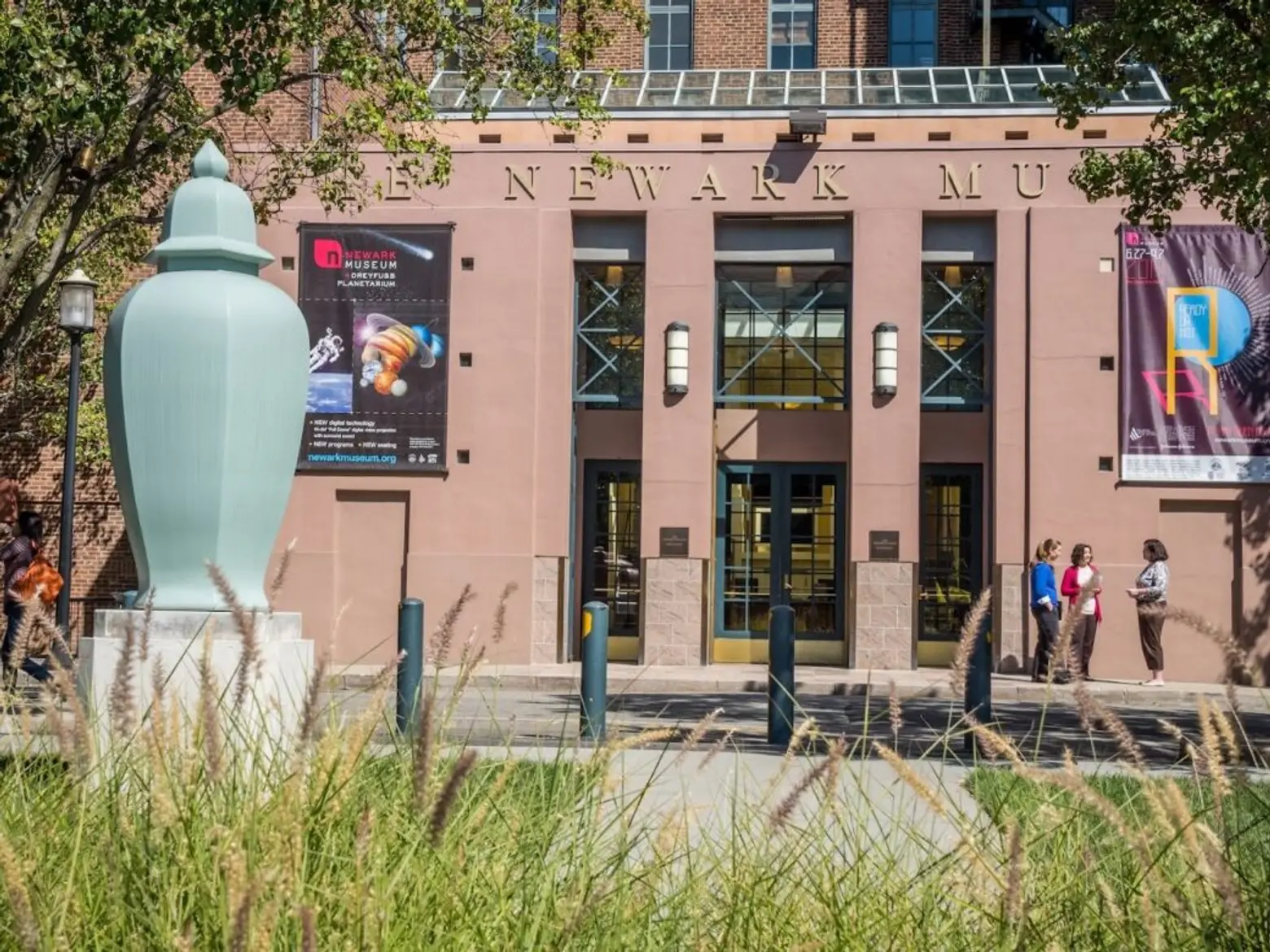
New Jersey
The Newark Museum of Art
49 Washington Street, Newark
Founded in 1909, the Newark Museum of Art (NMOA) is New Jersey’s largest fine arts center and a vital cultural hub for the city and region. For over a century, NMOA has been at the forefront of cultural innovation, boasting one of the world’s largest collections of Tibetan art and hosting the Newark Black Film Festival, the longest-running Black film festival in the country.
The museum’s collection spans more than 300,000 artworks and artifacts, cementing its place as the 12th largest museum collection in the United States. At the museum, visitors can immerse themselves in American art, decorative art, contemporary art, and art from Asia, Africa, the Americas, and antiquity, according to the museum’s website.
NMOA is a leader in global Asian art, with its Tibetan art collection being the largest in North America. First exhibited in 1911, the collection gradually expanded over the years, featuring an unparalleled variety and quality of works. The exhibition also features a Buddhist altar consecrated by the Dalai Lama in 1990.
In addition to its commitment to sharing the joy of art, the museum also dedicates itself to exploring the wonders of natural science. Within the museum’s 4.5-acre campus, guests can venture to the Dreyfuss Planetarium, which showcases selections from its collection of 70,000 specimens.
The scenic 4.5-acre campus also includes the Ballantine House, a mansion constructed in 1884. Designated as a National Historic Landmark for its striking architectural and historical integrity, the Victorian Era home was purchased by the museum in 1937 and restored, converting it into galleries for its decorative art collections.
General admission tickets cost $10 for adults and can be purchased here.
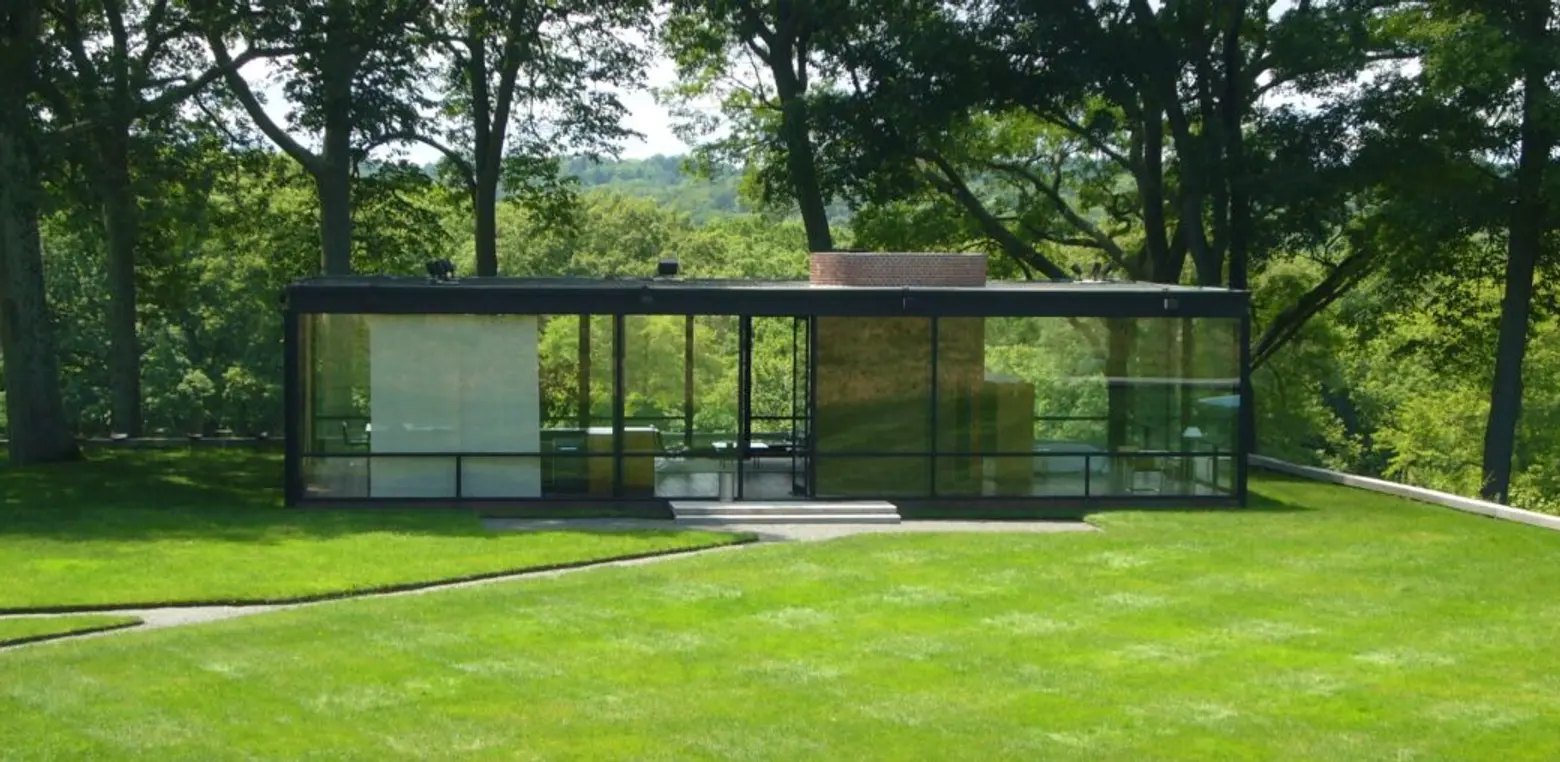
Connecticut
The Glass House
199 Elm Street, New Canaan
Built between 1949 and 1949 by legendary architect Philip Johnson, New Canaan’s Glass House stands out as a gem of modern residential architecture. The home—designated a National Historic Site—is located on a sprawling 49-acre landscape with 12 other structures, including a permanent collection of 20th-century paintings, sculptures, and temporary exhibitions.
Designed by Johnson as his own residence, many consider the Glass House to be the renowned architect’s signature work. The home was inspired by architect Mies van der Rohe’s Farnsworth House in Illinois, featuring a minimalist structure with no interior walls and a large glass exterior. Johnson lived in the home for 58 years with his creative companion David Whitney.
The home pioneered the use of International Style in American residential architecture and is regarded for its innovative use of materials and integration into the landscape, according to the National Trust for Historic Preservation.
Those interested in exploring the stunning home can take tours from April through December. Tickets for tours of the glass house and galleries cost $50 plus fees.
The Aldrich Contemporary Art Museum
258 Main Street, Ridgefield
One of the oldest contemporary art museums in the country and the only museum in Connecticut dedicated to the presentation of contemporary art, the Aldrich was founded by art collector and fashion designer Larry Aldrich in 1964.
Known worldwide for its innovative exhibitions and artist-focused programming, the Aldrich presents first solo exhibitions by emerging artists, major exhibitions by established artists, and themed group exhibitions. In the past, the museum has been the first to host artists in group shows who went on to become internationally renowned, including Jean-Michel Basquiat, Cindy Sherman, and Robert Gober, according to the museum’s website.
Currently on view at the museum is Layo Bright’s first solo museum exhibition “Dawn and Dusk,” which features new and borrowed works in glass and pottery made between 2020 and 2024. The show exemplifies the narratives present in Bright’s work, including ancestry, feminism, mass migration, and the African diaspora.
Learn more about visiting the Aldrich here. General admission tickets cost $15.
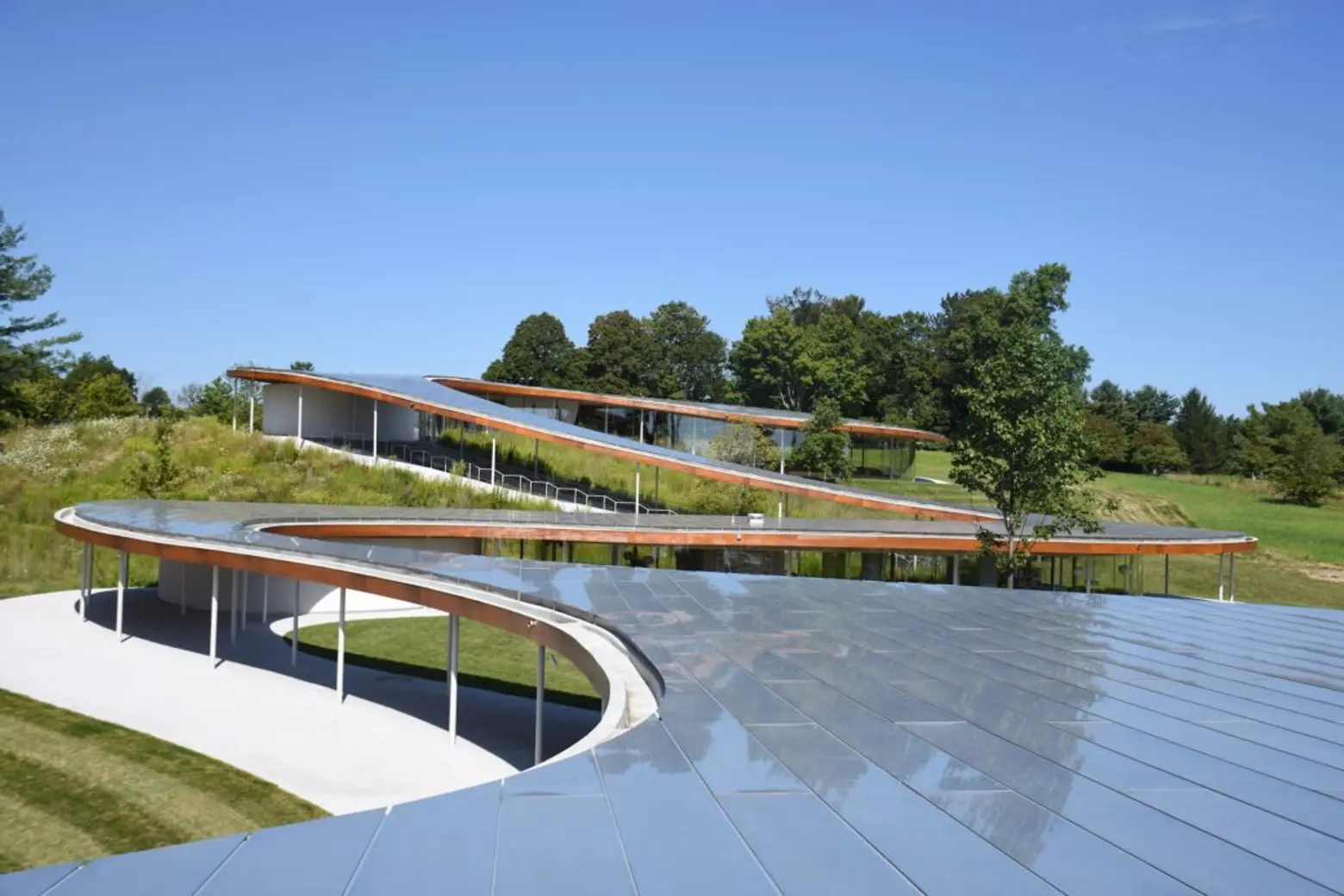
Grace Farms
365 Lukes Wood Road, New Canaan
Owned and operated by the Grace Farms Foundation, Grace Farms offers visitors a tranquil escape from the hustle and bustle of NYC. Free and open to the public six days a week, the cultural center spans 80 acres and encourages visitors to experience the landscape’s natural beauty, pursue justice, nurture community, and explore faith—all of which are part of the foundation’s mission.
Perfectly engrained in the center’s natural landscape is the River Building, designed by Pritzker Prize-winning Japanese architectural firm SANAA. The distinct structure blends into the landscape and draws little attention to itself.
Under the building’s roof are five transparent glass-enclosed volumes that frequently host engaging activities and events, including live music, art, discussions, and much more.
The five sections of the building include the Sanctuary, a 700-seat amphitheater; the Library, containing resources related to the foundation’s mission; the Commons, a community space with 18-foot-long tables; the Pavilion, a reception and conversation space; and the Court, a recreational and performance space, according to Grace Farms’ website.
Grace Farms currently features two long-term exhibits. One is “With Every Fiber,” which aims to inspire a deeper understanding and care about the materials that make up the built world. The exhibit is the center’s first major initiative that brings its Design For Freedom movement, a collaborative global movement to remove forced labor from the building materials supply chain to the public.
The other exhibit, “Peace Forest,” immerses visitors in an insightful installation inspired by nature. The exhibit offers an interactive experience highlighting how the landscape, architecture, and staff at Grace Farms play an intricate role in fulfilling the Foundation’s mission.
Learn more about upcoming events at Grace Farms here.
Interested in similar content?
Leave a reply
Your email address will not be published.




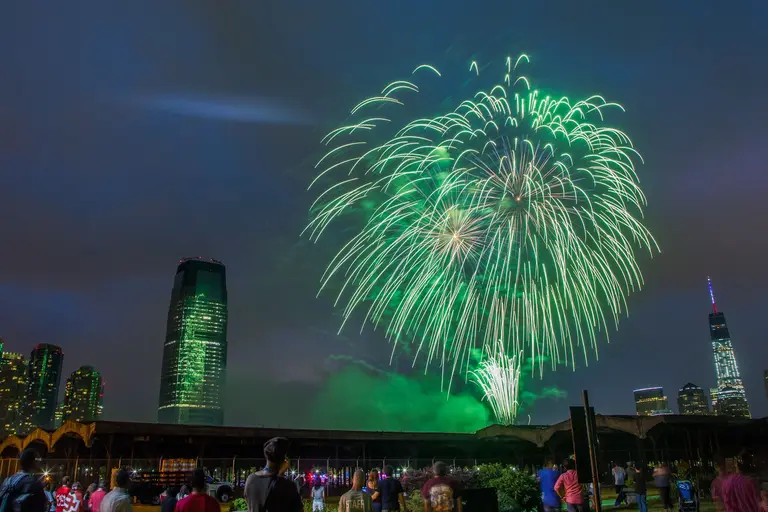
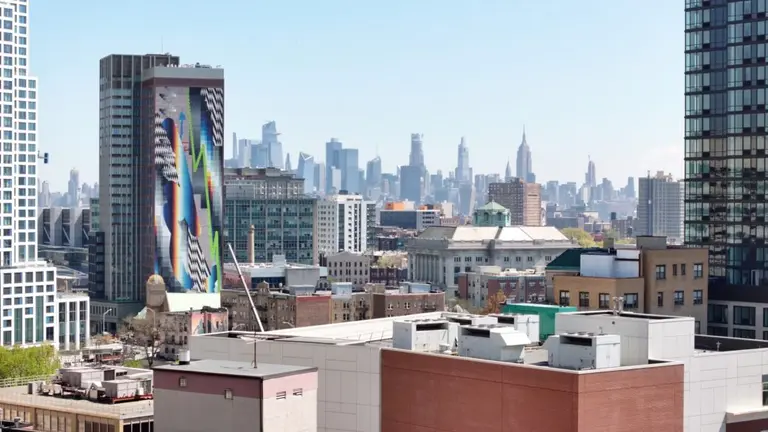





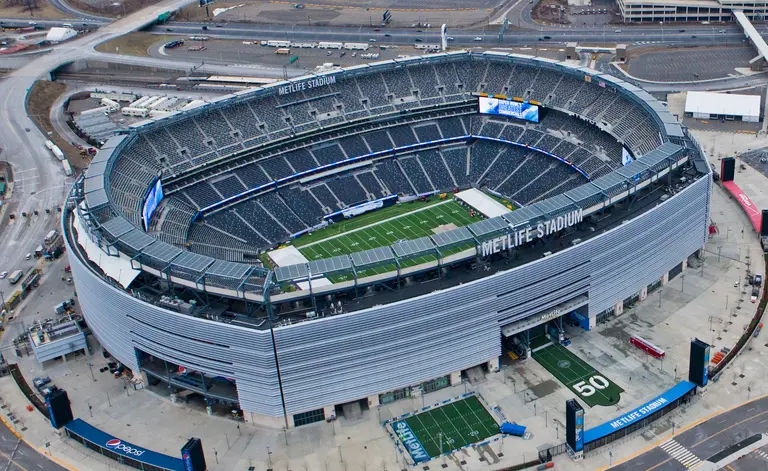
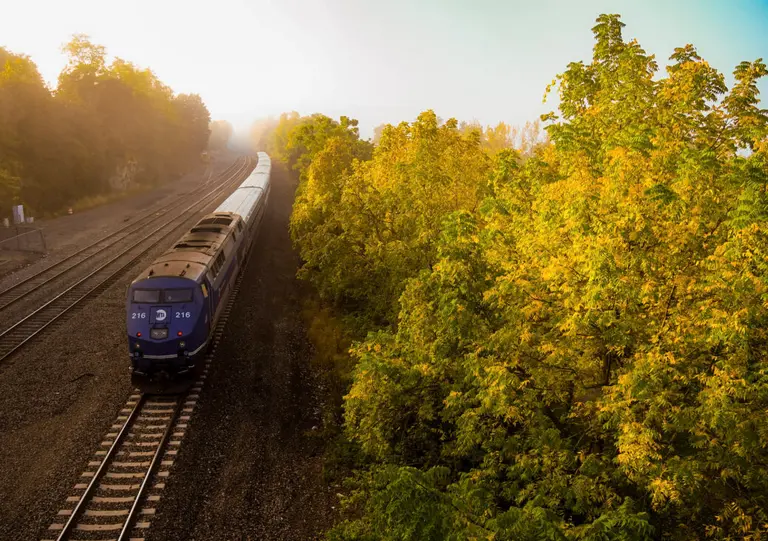
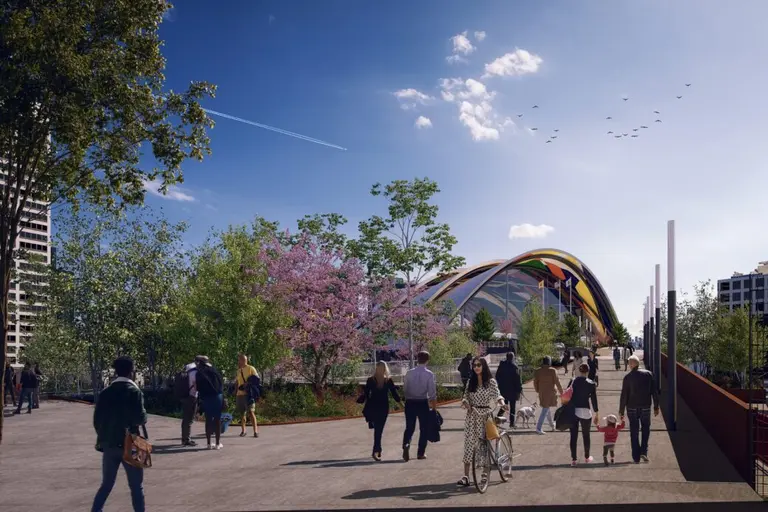
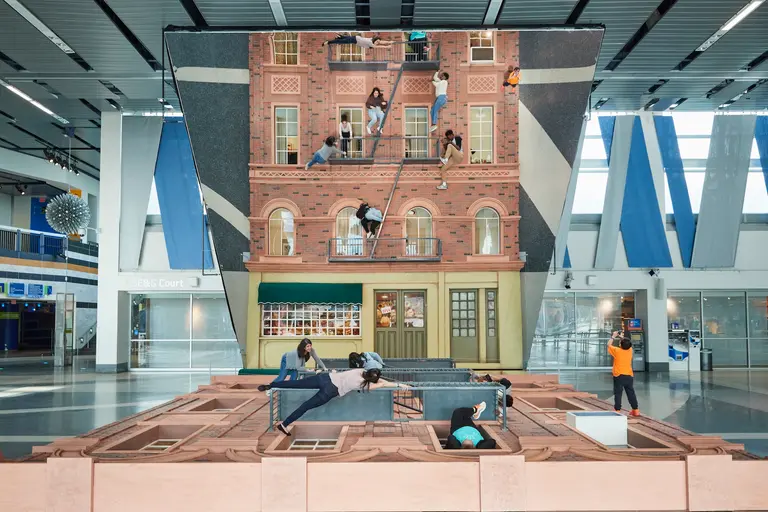
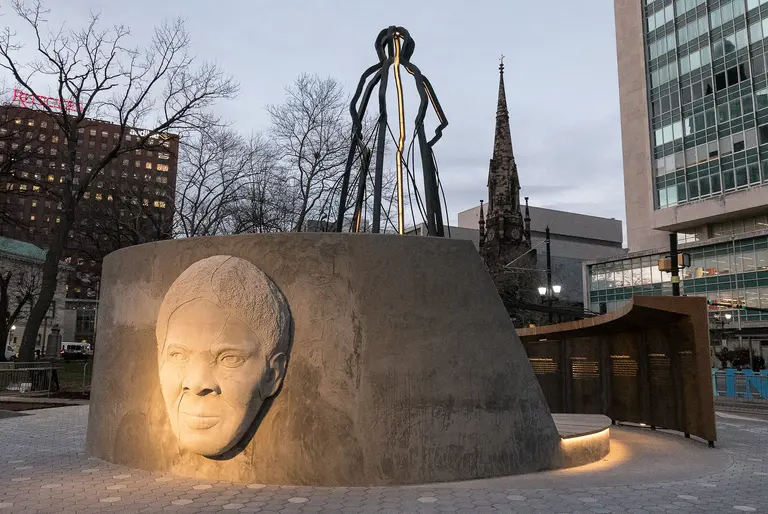
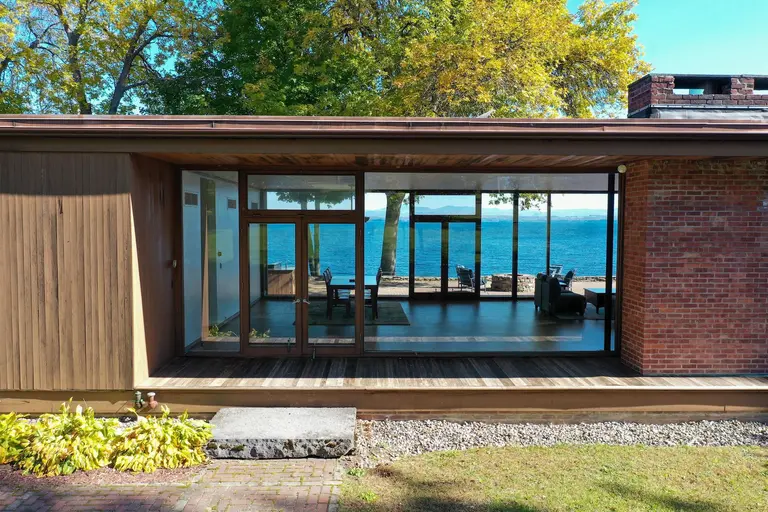










How about Edward Hopper House?
Be sure to correct the address for the Glass House Museum, it is not in New Haven CT but in New Canaan CT, big difference! I live in New Haven, and believe me, a glass house would never survive here with all the crime! Anyway, this is a great article and I look forward to visiting the interesting places that you have listed. Thanks
The Bruce, in Greenwich CT. Is closer than many of these, accessible by train, and has an excellent, varied collection.
FYI-The Glass House is located in New Canaan, CT, not New Haven.